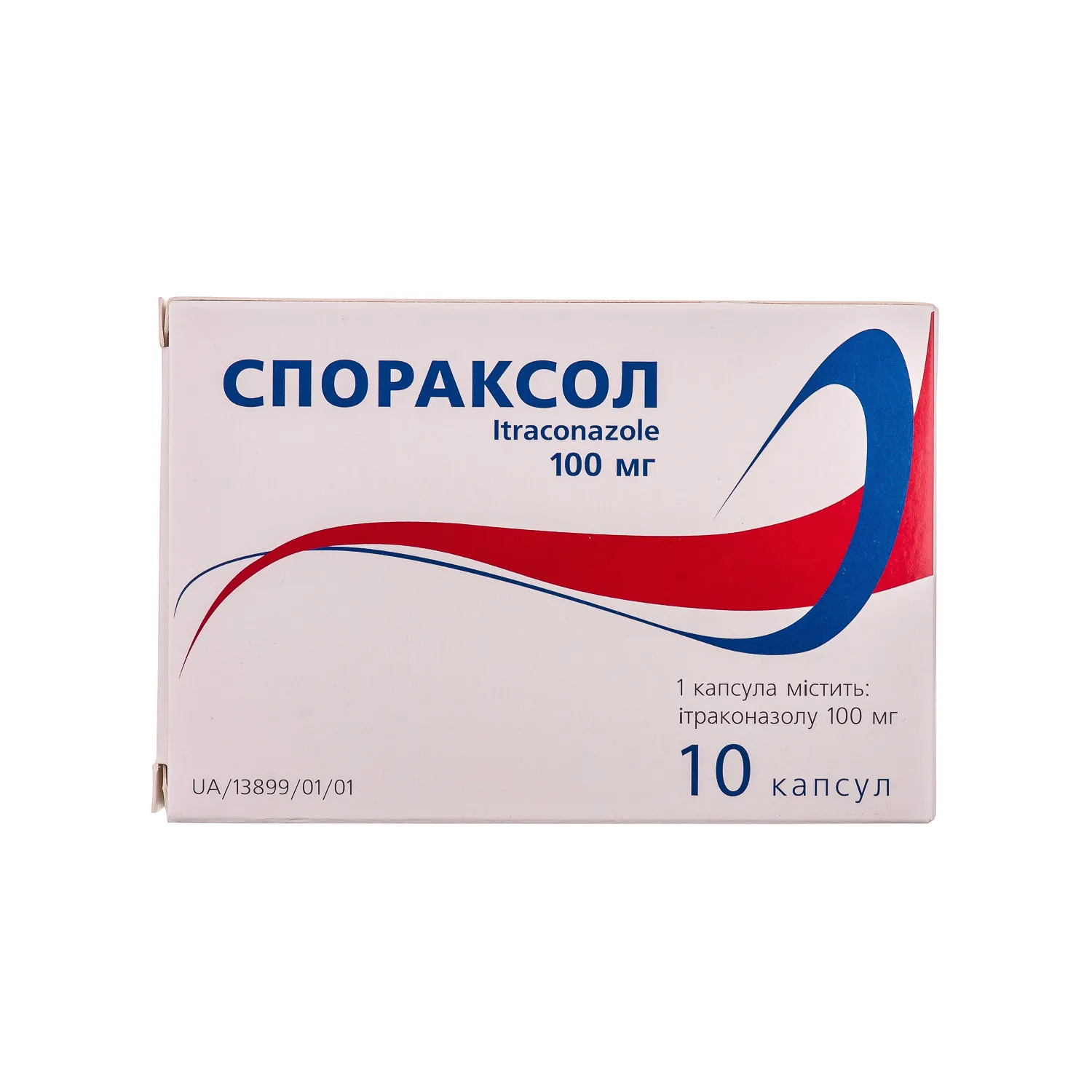Description
Sporaxol (Itraconazole) Capsules 100 mg
Ingredients
- Active Ingredient: Itraconazole 100 mg per capsule
Dosage
- Dosage: The usual dose is 100-200 mg once daily
Indications
- Indications: Sporaxol capsules are indicated for the treatment of various fungal infections, including aspergillosis, blastomycosis, and histoplasmosis
Contraindications
- Contraindications: Do not use Sporaxol if you are allergic to itraconazole or any of the other ingredients in the capsules
Directions
- Directions: Take Sporaxol capsules by mouth with a full meal. Do not crush or chew the capsules
Scientific Evidence
- Pharmacological Effects: Itraconazole works by inhibiting the synthesis of ergosterol, a crucial component of fungal cell membranes. This action disrupts the fungal cell membrane, leading to cell death and the treatment of the infection
- Clinical Trials: Clinical studies have demonstrated the efficacy of itraconazole in treating various fungal infections. For example, a study published in the Journal of Antimicrobial Chemotherapy showed that itraconazole was effective in treating invasive aspergillosis
Additional Information
- Warnings: It is important to inform your healthcare provider about any other medications you are taking before starting Sporaxol, as drug interactions may occur
- Storage: Store Sporaxol capsules at room temperature away from moisture and heat





